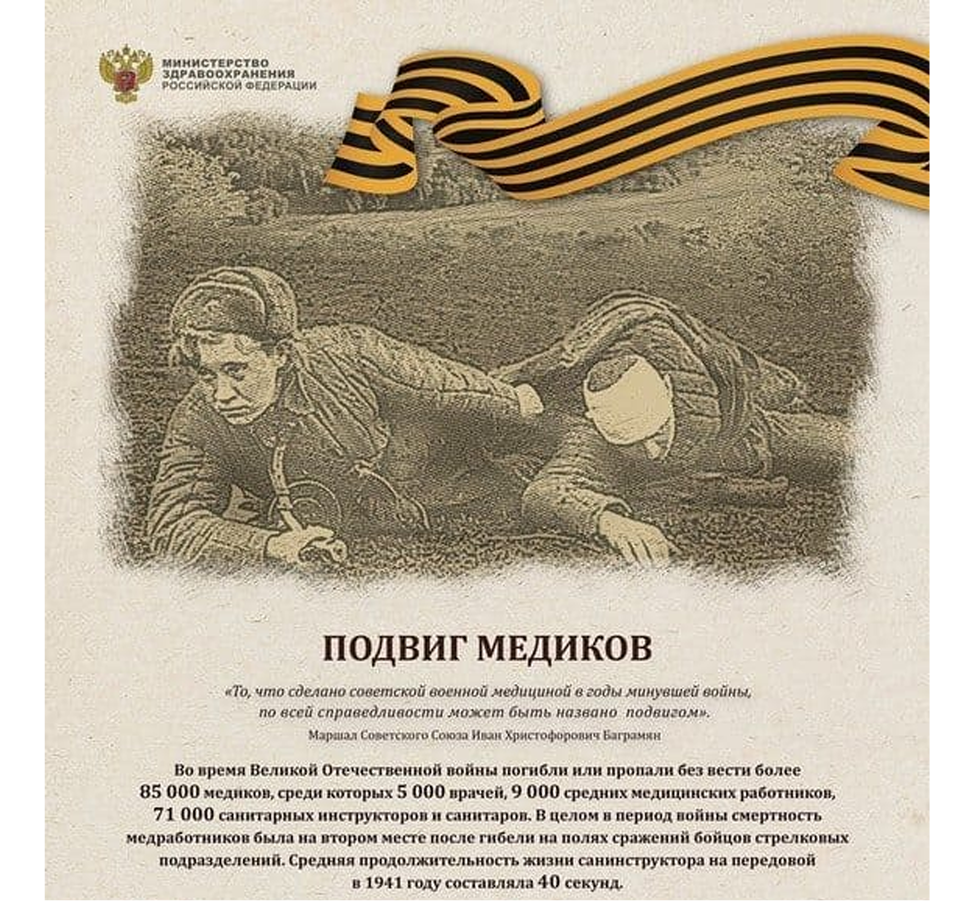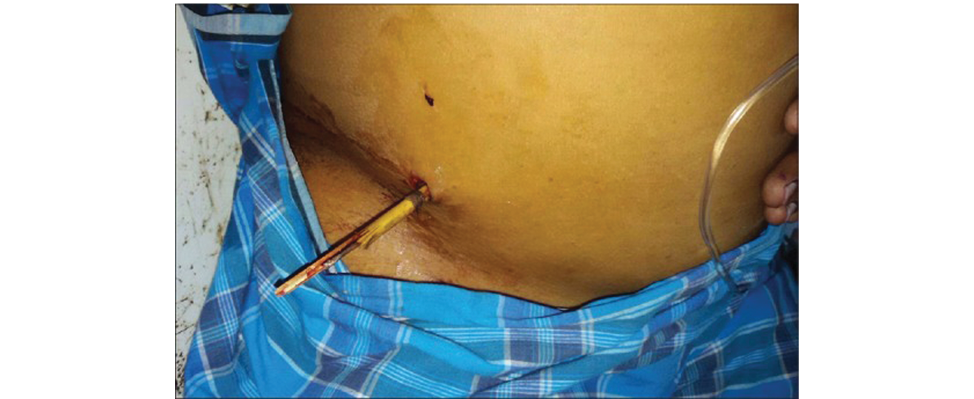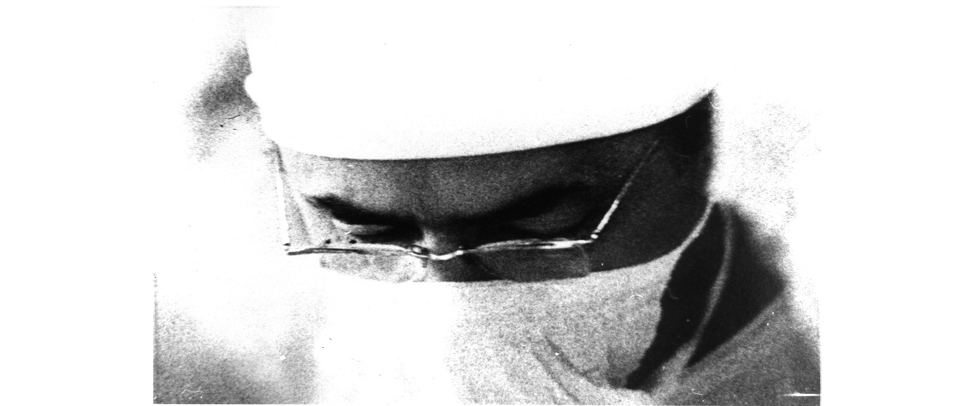EDITORIAL
The article reflects historical facts about the work of the employees of the Ural Research Institute for the Protection of Mothers and Infancy (Ural Research Institute for the Protection of Mothers and Infancy) during the Great Patriotic War (WWII). Some of the employees were mobilized and worked on the fronts of the Great Patriotic War as medical and non-medical workers, some worked in rear hospitals. Their stories about everyday life in the war have been preserved. The rest worked within the walls of the institute, carrying out work on the protection of motherhood and infancy. During the Great Patriotic War, the number of beds at the institute increased to 500, it was one of the few maternity hospitals. During the war years, more than 30,000 patients received medical care at the Research Institute for the Protection of Mothers and Infancy, 18,600 children were born, about 3,000 operations were performed. Scientific work also actively continued, dissertations were defended in the most popular areas of work. The feat of the institute’s employees should not be forgotten!
REVIEWS
Introduction. The environment remains unsafe for all mankind. Road traffic accidents, armed conflicts, accidents at home, in sports, at work, and domestic violence still pose a danger to the mother and fetus, and the number of cases of injury to pregnant women has not decreased over the years.
The objective of the review. To summarize historical and current data on injuries and wounds to pregnant women and fetuses, as well as the principles of providing them with medical care.
Materials and methods. An extensive literature review was conducted using the RINTS and MEDLINE (PubMed) databases as of March-April 2025 using keywords and a filter: systematic review, clinical cases.
Results. There is no monitoring of injuries to pregnant women and fetuses; an injured pregnant patient is unique, since both the mother and fetus are exposed to danger with different sensitivities and reactions to injury. The severity of the injury is an important prognostic factor for the survival of both the mother and the fetus: the more severe the injury, the worse the outcome for the victims. Each described case of injury to a pregnant woman and her fetus is unique, it is difficult to predict the outcome, therefore medical care in such cases should be provided with the involvement of a multidisciplinary team of specialists in a multidisciplinary institution (in case of patient transportability) or with the involvement of specialists in the institution closest to the injury site (in case of patient non-transportability).
Conclusion. A pregnant woman and her fetus are the most vulnerable group of the population, including to external traumatic effects of various nature. Each case of injury is unique, requires a personalized approach, the outcome of which depends on the severity of the injury, the stage of the gestational process, the efforts of a multidisciplinary team of specialists.
ORIGINAL ARTICLES
Professor, Doctor of Medical Sciences, Honored Scientist of the Russian Federation, Head of the Department of Obstetrics and Gynecology at the Sverdlovsk State Medical Institute Ivan Ivanovich Benediktov was born on November 1, 1916 in the Ulyanovsk region. After graduating from the Tomsk Medical Institute, I.I. Benediktov began working as a surgeon in a rural hospital in the Tomsk region. In 1942, he was drafted into the Red Army and went through the entire war as a military surgeon, being the commander of a medical battalion and being on the front line, providing medical care in the most difficult conditions of wartime. After the war, I.I. Benediktov returned to civilian life and mastered the most peaceful medical specialty — obstetrics and gynecology. I.I. Benediktov became not only an outstanding doctor, but also a professor, head of the Department of Obstetrics and Gynecology at the Sverdlovsk State Medical Institute, founder of the scientific school of gynecological endocrinology and obstetrics in the Urals. During the years of head of the department, under the leadership of I.I. Benediktov, 12 doctoral and 80 candidate dissertations were defended, more than 30 scientific collections, monographs, and methodological manuals were published.
The article reflects the main stages of the organization of the maternity and infancy protection service during the war years using the example of the Ural Research Institute for Maternity and Infancy Protection (RII OMM). The main principles of the service were formed in the pre-war years, and during the Great Patriotic War, despite all the difficulties of wartime, they continued to develop. The demographic situation in the country is reflected in the dynamics of the pre-war and war years, the features of the work of clinical and scientific departments aimed at safe motherhood and strengthening the health of children born during the war years. In this, the undoubted role of doctors and research staff of the institute, both those who worked before the war and those who joined the team during the war in connection with the evacuation from the regions affected by military actions. All of them left an indelible mark on the history of maternity and infancy protection and should not be forgotten












